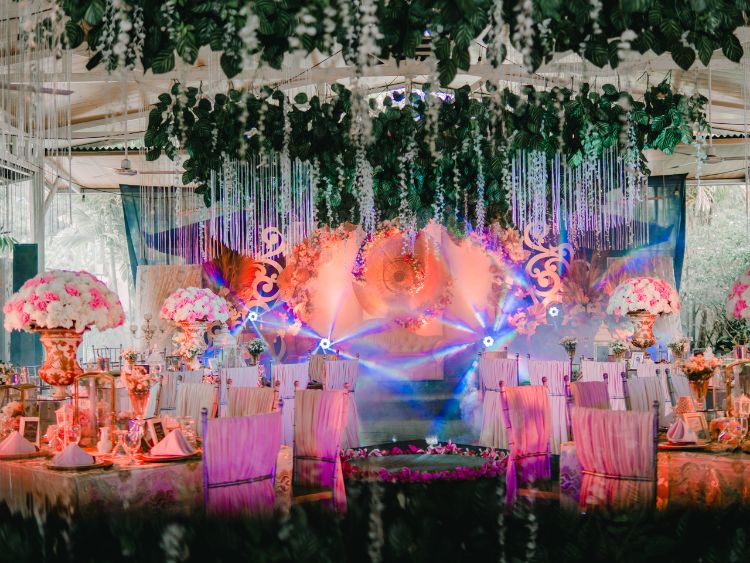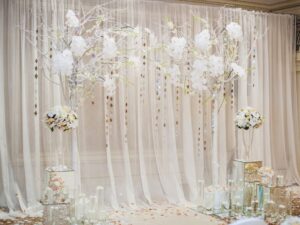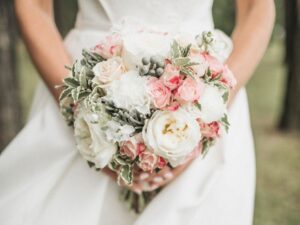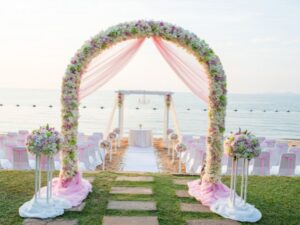The Ultimate Guide to Tuxedo Styles: Finding the Perfect Fit for Every Occasion
When it comes to formalwear, few garments exude the same level of sophistication and elegance as the tuxedo. Whether you’re preparing for a wedding, a gala, or any black-tie event, understanding the various tuxedo styles can make all the difference in how you present yourself. But with so many options available, how do you choose the right one? Don’t worry, we’ve got you covered. In this comprehensive guide, we’ll explore the world of tuxedo styles, breaking down everything from lapel types to fabric choices, ensuring you’re well-prepared to make an informed decision.
What Makes a Tuxedo?
Before diving into specific styles, it’s essential to understand what sets a tuxedo apart from other types of suits. Traditionally, a tuxedo is characterized by its satin or grosgrain lapels, a matching stripe on the trousers, and buttons covered in the same fabric. These details add a level of formality and elegance that you won’t find in a regular suit. Tuxedos are often worn with a bow tie and a cummerbund or waistcoat, completing the classic look.
Classic Tuxedo Styles
- The Notch Lapel Tuxedo
- Description: The notch lapel is the most versatile and commonly seen style in tuxedos. It features a small “notch” where the lapel meets the collar, making it a suitable choice for almost any formal event.
- Occasions: Ideal for weddings, proms, and formal dinners. Its understated elegance makes it a safe choice for those new to wearing tuxedos.
- The Peak Lapel Tuxedo
- Description: The peak lapel is more traditional and formal than the notch lapel. The lapel points upward, giving the wearer a taller and more commanding presence.
- Occasions: Perfect for black-tie events, gala dinners, and any occasion where you want to make a strong impression.
- The Shawl Lapel Tuxedo
- Description: The shawl lapel features a continuous curve without any breaks or notches. This style exudes a smooth and refined look, often associated with evening wear.
- Occasions: Best suited for evening events, particularly those with a classic or vintage theme. The shawl lapel tuxedo is a go-to for the timeless, elegant dresser.
Modern Tuxedo Styles
- The Slim Fit Tuxedo
- Description: The slim fit tuxedo is tailored closely to the body, offering a more contemporary and sleek appearance. It typically features narrower lapels and a tapered waist.
- Occasions: A modern choice for young professionals and fashion-forward individuals. It’s ideal for formal events where you want to look stylish without compromising on tradition.
- The Double-Breasted Tuxedo
- Description: A double-breasted tuxedo has two rows of buttons and a wider overlap of fabric, creating a broader chest appearance. This style is both bold and sophisticated.
- Occasions: Suitable for formal events that demand a bit more flair, such as award ceremonies or high-profile weddings.
- The Velvet Tuxedo
- Description: Velvet tuxedos have become increasingly popular for their luxurious texture and rich colors. They often feature shawl lapels and can be found in various colors, from classic black to deep burgundy.
- Occasions: Perfect for winter events, holiday parties, and any occasion where you want to stand out.
Tuxedo Fabrics: What to Choose?
The fabric of your tuxedo plays a significant role in its overall look and feel. Here are some common fabric options:
- Wool: The most traditional fabric, wool offers a perfect balance of comfort, durability, and breathability.
- Tweed: A heavier fabric, ideal for colder climates and those looking to add texture to their tuxedo.
- Velvet: Luxurious and soft, velvet is a great choice for making a statement.
- Silk: Adds a touch of elegance and is often used in the lapels or as an accent fabric.
Accessorizing Your Tuxedo
No tuxedo is complete without the right accessories. Here’s what you’ll need to consider:
- Bow Tie vs. Necktie
- Bow Tie: The classic choice for tuxedos, available in various materials like silk and velvet.
- Necktie: A more modern approach, acceptable for less formal events.
- Pocket Square
- Adds a dash of personality. White is the traditional choice, but you can opt for a color or pattern that complements your outfit.
- Cummerbund vs. Waistcoat
- Cummerbund: Worn around the waist, it covers the waistband and adds a formal touch.
- Waistcoat: Provides a more structured look, especially in colder weather.
Tuxedo Color Options
While black is the most traditional color for a tuxedo, other colors are gaining popularity:
- Midnight Blue: Offers a subtle difference from black and looks great in low-light settings.
- White: Often worn in warm climates or for summer weddings, typically paired with black trousers.
- Gray: A modern and less formal alternative, suitable for daytime events.
- Burgundy or Green: For the bold and adventurous, these colors are perfect for making a statement.
Tips for Choosing the Right Tuxedo
- Consider the Event: The formality of the event should guide your choice. For black-tie events, stick with classic styles like the peak or shawl lapel tuxedo.
- Fit is Key: Whether you choose a slim fit or a traditional cut, make sure the tuxedo is tailored to your body for the best appearance.
- Think About the Season: Heavier fabrics like wool or tweed are better suited for winter, while lighter fabrics like silk or linen are ideal for summer.
- Personal Style: Don’t be afraid to express your personality through your tuxedo choice. Whether it’s through the lapel style, fabric, or color, make sure it reflects who you are.
FAQs
Q: Can I wear a tuxedo during the day? A: Traditionally, tuxedos are reserved for evening wear, but certain events like daytime weddings may call for one. If you choose to wear a tuxedo during the day, opt for lighter colors like gray or white.
Q: What’s the difference between a tuxedo and a suit? A: The primary difference lies in the satin details. Tuxedos have satin on the lapels, buttons, and side stripes of the trousers, while suits do not.
Q: Do I have to wear a cummerbund or waistcoat with my tuxedo? A: While not mandatory, wearing a cummerbund or waistcoat adds an extra layer of formality and ensures your shirt stays neatly tucked.
Q: Can I wear a tuxedo without a bow tie? A: While a bow tie is the traditional choice, you can opt for a necktie for a more modern look. However, some purists might argue that a tuxedo should always be worn with a bow tie.
Conclusion
Choosing the perfect tuxedo style is all about understanding the event, your personal style, and the message you want to convey. Whether you go for a classic peak lapel or a modern slim fit, the key is to wear it with confidence. Remember, a well-chosen tuxedo isn’t just about looking good—it’s about feeling great too. So next time you’re getting ready for a formal event, you’ll know exactly which tuxedo style will make you the star of the show.
Authoritative Links:
This guide provides a comprehensive overview of tuxedo styles, helping you make an informed choice for your next formal event. By understanding the different lapels, fits, and fabrics, you’re sure to find the perfect tuxedo that suits your style and the occasion.



